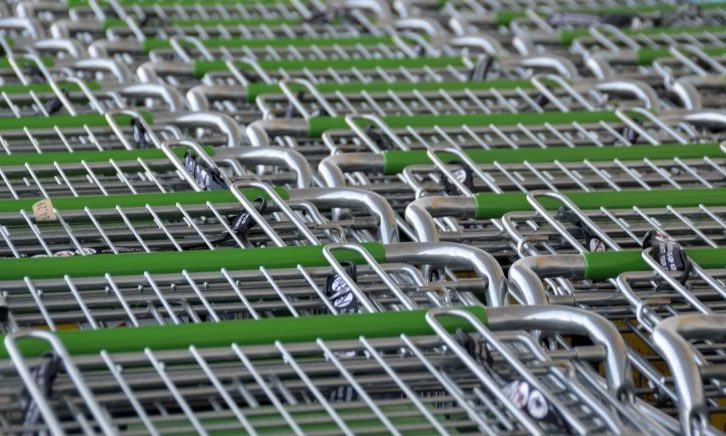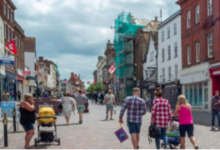Retail parks outperform high street and shopping centres

Retail parks showed a growth in footfall in July, with high streets and shopping centres suffering a decrease, figures from retail footfall analysts Springboard show.
Footfall on the high streets fell by 2.1% which shopping centres showed a 1.3% decline. Retail parks saw a 1.7% increase.
July was the fourth consecutive month of footfall decline for shopping centres.
Footfall fell by 1.1% in July when compared to the same month last year, which was below the three month rolling average and -0.4% and the 12 month average of -0.2%.
There have been four positive months within the past 12 against an average of two within the previous three years.
The east and south east regions of the UK were the only two to show footfall growth in July, with the east showing the fastest increase making it the eighth consecutive month to have a rise in footfall.
The east Midlands showed the fastest decline with a drop of 4.7%.
The sharpest decline in footfall in July occurred in the south west and greater London, both showing a drop of 2.1%. Wales showed its first decline in seven months of 0.9% and Scotland saw a decline from 0.2% in June to 0.4% in July.
Diane Wehrle, Springboard marketing and insights director said: “July’s results might well mark a sea change in consumers’ willingness to spend, as it was the first time since January that footfall dropped during both retail trading hours and into the evening.
“Over the last few months the growing importance of the leisure based trip has become a key part of the narrative when talking about retail destinations, but a -0.5 per cent drop in footfall post 5pm in July is the first evidence of a tightening of purse strings on casual dining and leisure trips.”
She added: “Declining footfall demonstrates that the fall in non-food sales is due to a reduced number of shoppers, so retailers that maintain their in-store footfall are at a clear advantage.
“These results together with the high level of consumer borrowing and an increase in the vacancy rate to 9.6 per cent from 9.3 per cent in April – the highest it’s been since July last year – suggest that trading conditions could be reaching a tipping point into a period of restraint.”













